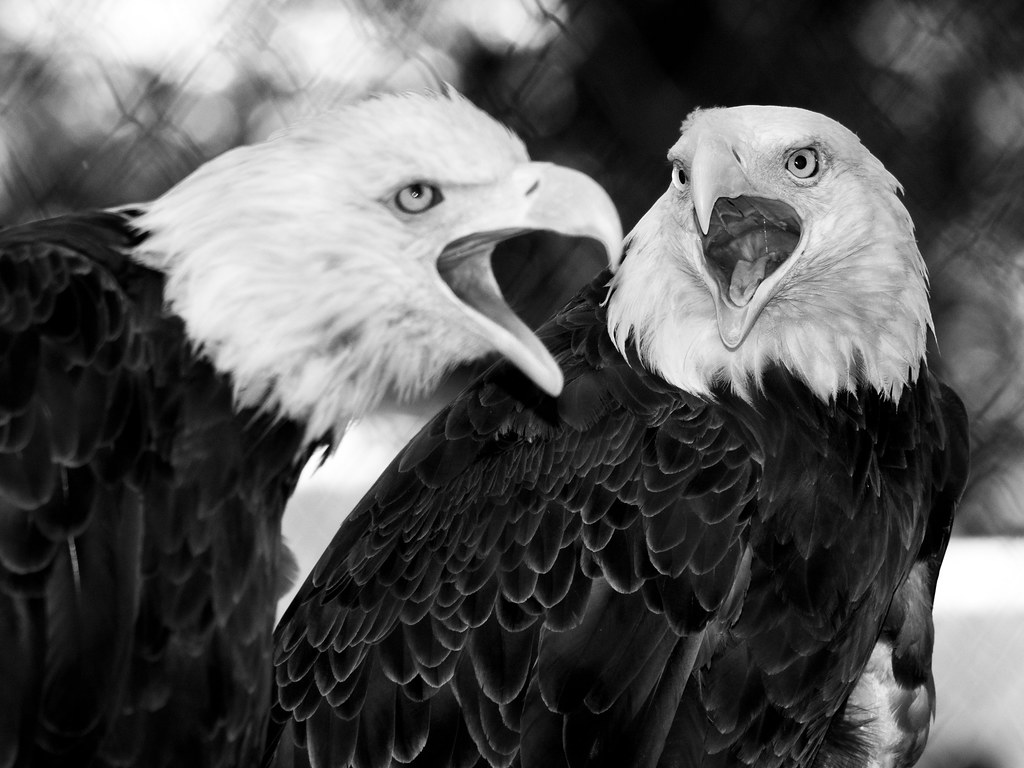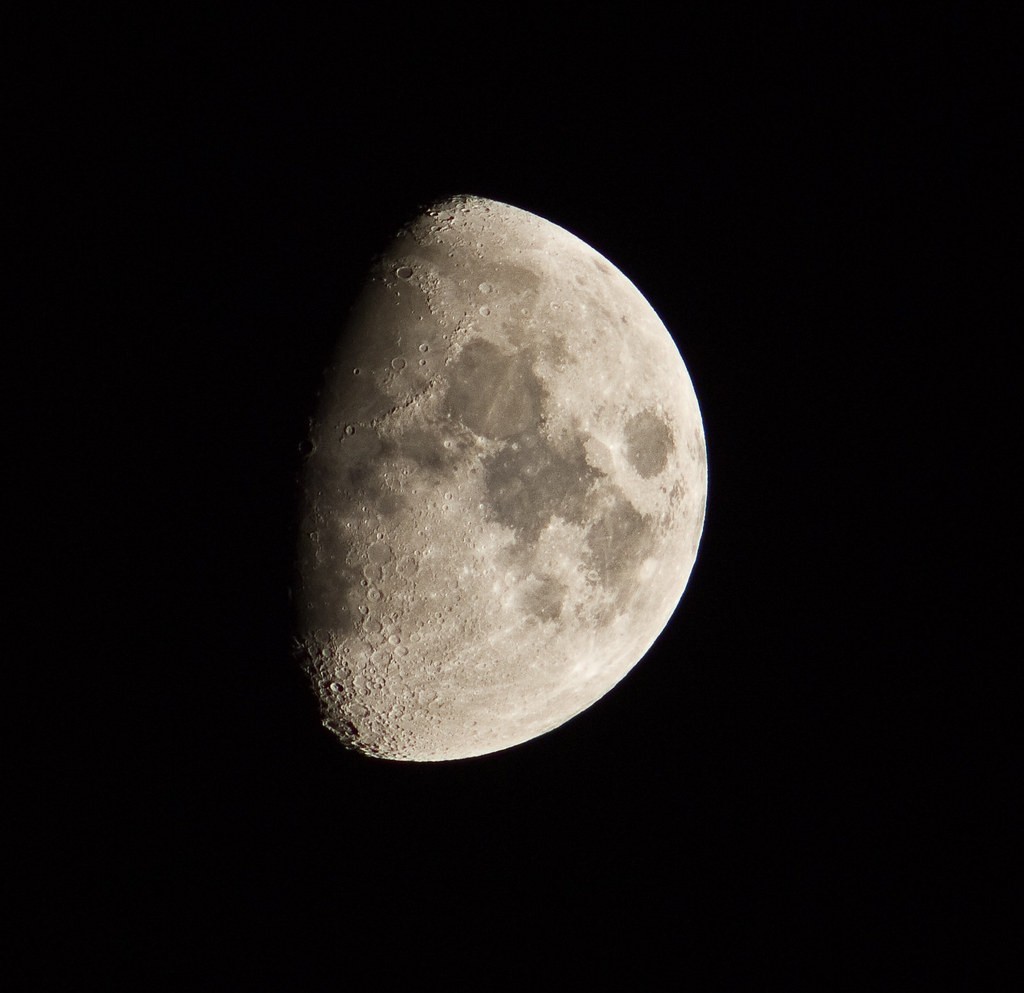In the end it's all about sensor size and lens selection. Most mirrorless cameras have smaller sensors which hurt low light performance and make it harder to blur the background (bokeh). Although there are some.exceptions there are even full-frame mirrorless cameras but they cost even more than a dslr.
Mirrorless cameras have all sorts of sensor sizes. If you count manufacturer lines, the majority lies in the APS sized sensor cameras which is also true in DSLRs.
From small (ex Nikon J, and Pentax Q)
To 2x crop (ex Micro 4/3rds)
To APS (ex Fuji, Sony NEX, Samsung NX)
To Full Frame (Sony and Leica)
As for lens selection, its more of a factor of the fact these are new systems. When Canon first released their EF mount cameras, they too didn't have a large lens selection. Nikon and Canon both have history behind their lens selections.. a history that is way ahead of most of the mirrorless cameras that just got started.
Micro 4/3rds has a very large selection since it has Olympus, Panasonic, Voigtlander, and Sigma all manufacturing for that mount. As such its the leader in mirrorless in terms of lens selection. Voigtlander for example has THREE f/0.95 aperture lenses at 17.5, 25, and 42.5mm. Its pretty amazing considering its still a relatively new system. Both olympus and panasonic have both announced more telephoto lenses. Take note of the number of primes that are available.
http://www.four-thirds.org/en/microft/lens_chart.html
Once you include the fact that the short flange distance inherent in mirrorless designs allow for adaptation of almost any lens, you are actually looking at literally 100s of lenses to choose from.









![[No title]](/data/xfmg/thumbnail/32/32702-7344d6e6132276dd7bfc046084fea432.jpg?1734162266)




![[No title]](/data/xfmg/thumbnail/32/32701-51bacbc6ea9d40683123c14f053d4742.jpg?1734162260)
